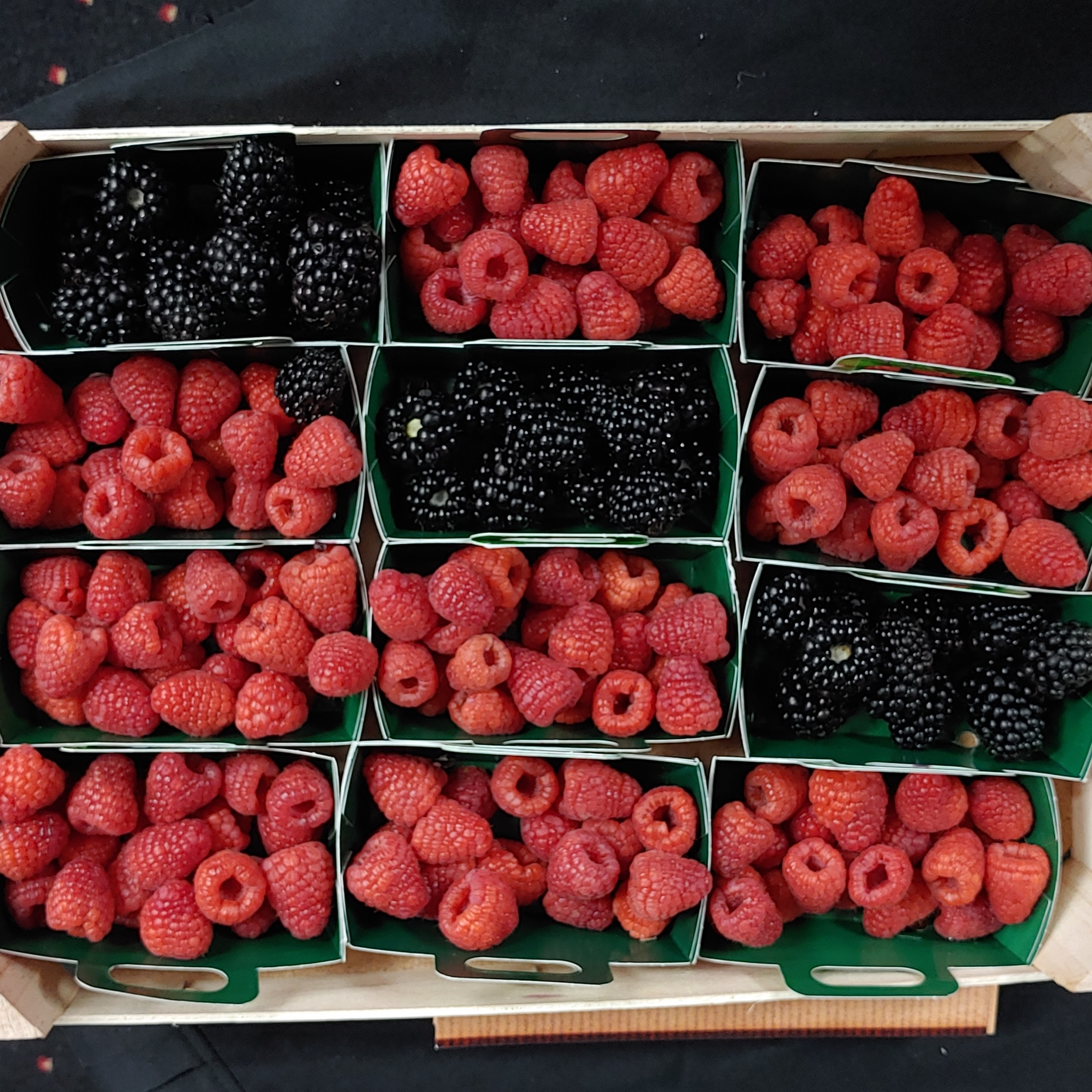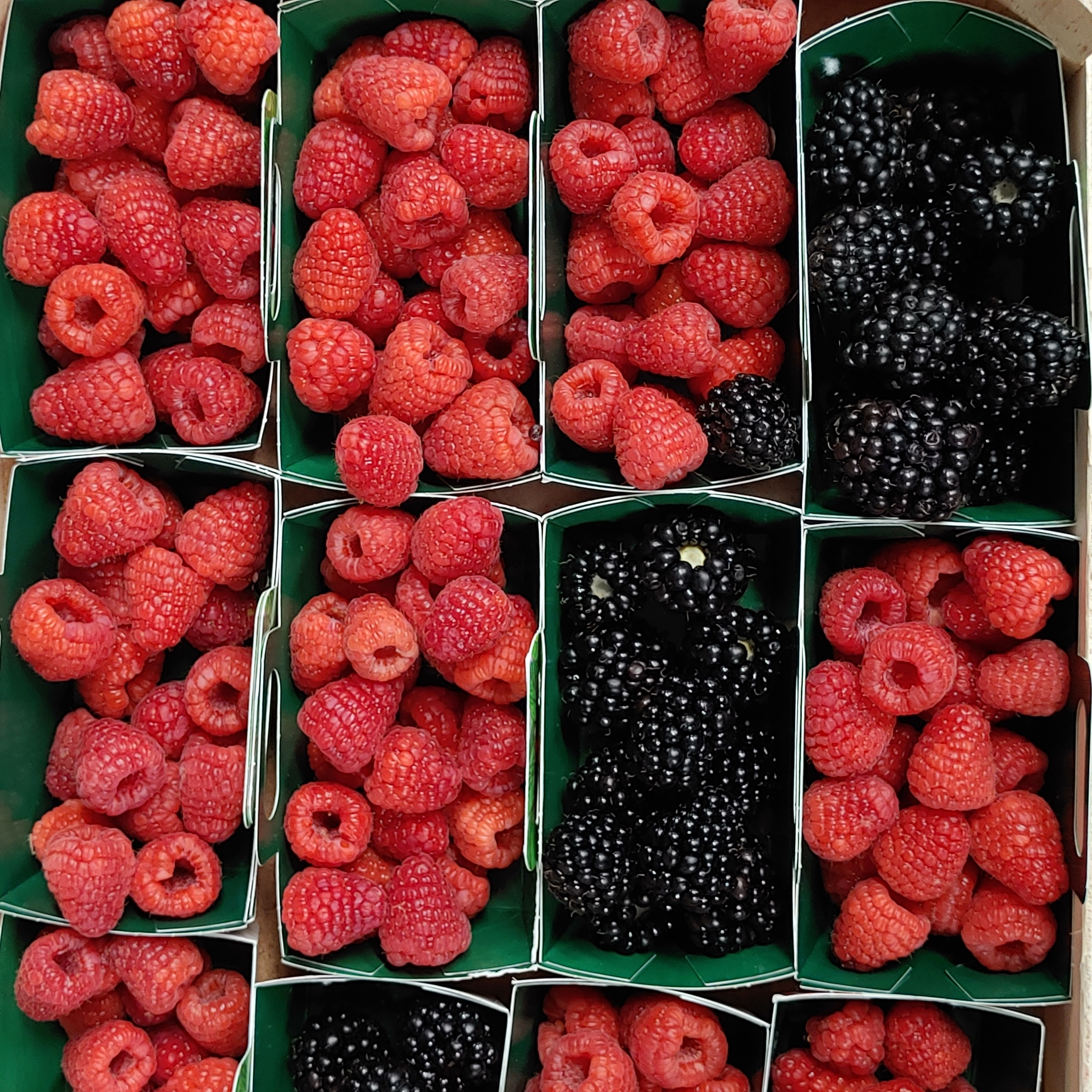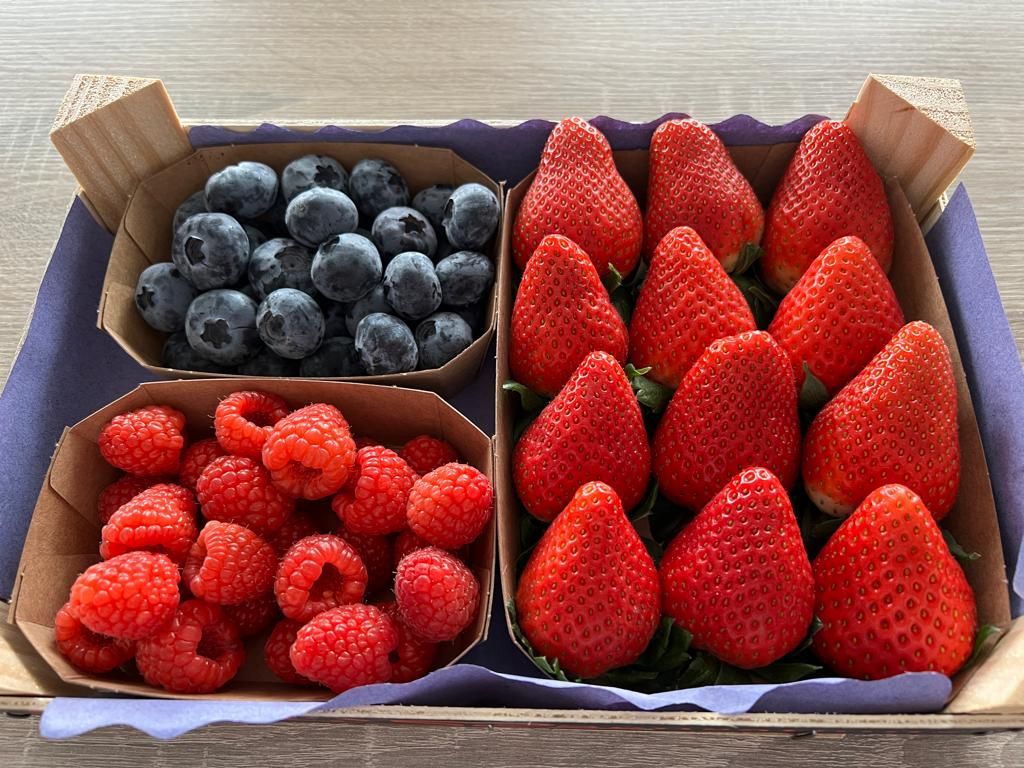Rising exports of Moroccan berries
- Produce
- Berries
- Morocco
- Costa Group
- Hortifrut
- Ordanto
- Surexport
- berries
- Off-season
- Organic product
- sustainability
The projection for 2030 is that Morocco will export over 350,000 tons of berries. Blueberries accounted for 41% of the volumes exported last season, followed by raspberries (38%), and strawberries (21%). Morocco supplies more than 54 countries around the world with its fresh and frozen fruits. Spain is the leading export market, receiving 35% of the volume of fresh fruit, followed by the UK (25%), the Netherlands (15%), Germany (12%) and France in the 2020/21 season. Europe is also considered a ‘win-win’ partner as it provides more than 80% of the inputs used for Morocco’s berry farming.
Interproberries: 5-year growth ahead
“We expect that the plantations will continue to progress over the next four or five years,” said Amine Bennani, vice-president of Morocco’s Interproberries. The future desalination station projects announced in the main coastal regions should continue to support the future development of the Moroccan berry sector. The current renovation of the 18,000 ha of the Souss-Massa network is another key investment project. It includes a census of existing irrigation wells and the establishment of regulations and controls on pumping levels.
Rodanto: investing in Morocco since 2015
Founded in 1953 by Jesus Velasco, UK group Rodanto started out by supplying the major UK retail chains with greenhouse vegetables from the Canary Islands. The company has since become fully integrated, with particularly heavy investment in organic production. The group established farms in Huelva, Murcia and Almería in order to offer a full range of berries greens and vegetables. Next it started working with citrus and stone fruit farms in South Africa. Morocco marks the latest venture for Rodanto, with the focus on berries, as the local microclimate is suitable for winter crops. In 2015, GV Berries was established as a subsidiary of the Spanish venture firm Terra Agricola. “We now only export the fruit of the best berry growers. We conduct our own audits to ensure they have the necessary UK accreditations,” said Rodanto import manager Edward Velasco.
Southern Hemisphere groups invest in off-season winter berry production
Berry leaders from the Southern Hemisphere are also investing in Morocco with production of off-season winter berries. The main Chilean and Peruvian producers have understood the strategic advantage of Morocco, located only a few days away from European consumers by sea or road. The Hortifrut Group (Atlantic Blue farm), Hortifruit and Surexport (African Red farm) are among the new investors with current blueberry plantation projects of 50 to 100 ha, with the aim of reaching 300-500 ha within five years. Driscoll’s is the largest raspberry operator in Morocco with +2,000 ha under contract and at its Atlas Berries farm. Iberry Farm (Larache) is the second largest operator. The Royal Group remains the biggest blueberry producer with about 500 ha of blueberries, followed by Atlantic Blue (Hortifrut), African Blue (Costa Group), Driscolls, Ai Berries and Qualiprim.






